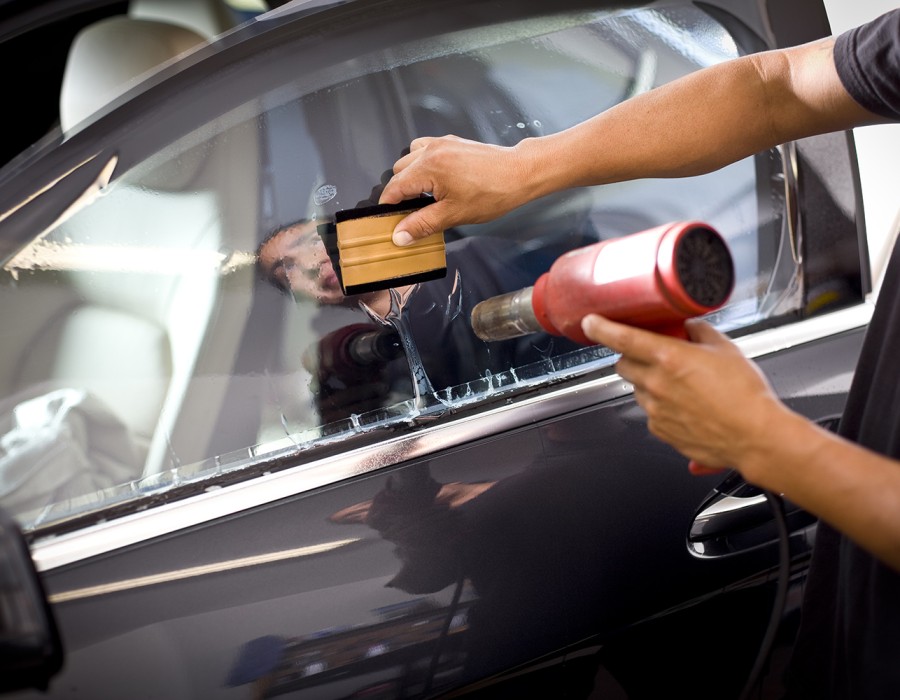Car window tinting offers a blend of aesthetic enhancement and functional benefits, making it a popular choice among vehicle owners. This guide delves into the intricacies of window tinting, providing detailed insights to help you make informed decisions.
Benefits of Car Window Tinting
Ultraviolet (UV) Radiation Protection
Prolonged exposure to ultraviolet rays can have detrimental effects on both your health and your vehicle's interior. Quality window tints can block up to 99% of harmful UV radiation, safeguarding your skin and preventing the fading or cracking of interior materials.
Heat Reduction
Window tints significantly reduce the amount of solar heat entering your vehicle, enhancing comfort during hot weather and reducing reliance on air conditioning systems.
Glare Reduction
Tinted windows minimize glare from sunlight and headlights, improving visibility and reducing eye strain for a safer driving experience.
Enhanced Privacy and Security
Window tints limit the view into your vehicle, offering increased privacy and concealing valuables from sight, deterring potential thefts.
Types of Window Tint Films
Understanding the various types of window tint films is crucial in selecting the one that best suits your needs.
Dyed Window Tint
This tint uses a dye layer to absorb solar heat and reduce glare. It's an affordable option but may fade over time.
Metalized Window Tint
This tint, which incorporates metallic particles, reflects heat and adds strength to the windows. However, it can interfere with electronic signals.
Hybrid Tint
Combining dyed and metalized layers, hybrid tints balance heat rejection and signal interference.
Carbon Window Tint
Featuring carbon particles, this tint provides excellent heat reduction without signal disruption and has a matte finish.
Ceramic Window Tint
Utilizing ceramic nanoparticles, this premium tint offers superior heat and UV protection without affecting electronic signals.
Legal Considerations
Window tinting laws vary by jurisdiction, specifying permissible levels of Visible Light Transmission (VLT). It's essential to consult local regulations to ensure compliance and avoid potential fines.
Installation Process
Professional installation ensures optimal performance and longevity of car window tints. The process involves:
- Cleaning: Thoroughly cleaning the windows to remove contaminants.
- Measuring and Cutting: Precisely measuring and cutting the tint film to fit each window.
- Application: Applying the film using specialized tools to eliminate air bubbles and ensure a smooth finish.
- Curing: Allowing the film to cure may take several days, during which windows should remain closed.
Maintenance Tips
Proper maintenance extends the life of your window tints:
- Cleaning: Use mild, non-abrasive cleaners and soft cloths to prevent scratching.
- Inspection: Regularly check for signs of peeling or bubbling and address issues promptly.
In conclusion, car window tinting is a valuable investment that enhances comfort, safety, and aesthetics. By understanding the different types of tints and adhering to legal guidelines, you can make an informed choice that best suits your vehicle and personal preferences.
Sources





Comments